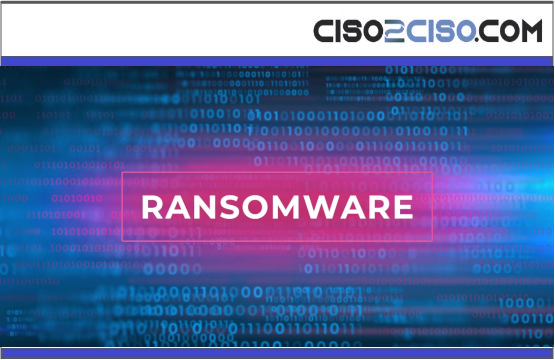Rate this post
Ransomware is a type of malicious software designed to block access to a computer system or data until a ransom is paid. Over the past decade, ransomware attacks have evolved in sophistication, scale, and impact, affecting individuals, businesses, and government entities globally.
Key Developments:
- Early Years (2014-2016):
- Rise of Crypto-Ransomware: CryptoLocker, emerging in 2013, set the stage for modern ransomware, encrypting files and demanding payment for decryption keys.
- Initial Spread: Attacks targeted individuals and small businesses, often spreading through email attachments and exploit kits.
- Mid-Decade Shift (2017-2019):
- WannaCry and NotPetya: 2017 saw high-profile attacks like WannaCry and NotPetya, which exploited vulnerabilities in Windows systems, causing widespread damage and demonstrating the potential for ransomware to disrupt large organizations and critical infrastructure.
- Increase in Ransom Demands: Attackers began demanding higher ransoms, reflecting the growing profitability of ransomware operations.
- Ransomware as a Service (RaaS) (2018-2020):
- Professionalization: Ransomware developers started offering their tools as a service, enabling less technically skilled criminals to launch attacks. Prominent RaaS groups included REvil and GandCrab.
- Targeting High-Value Victims: Attackers shifted focus to larger enterprises, healthcare organizations, and municipalities, which were more likely to pay substantial ransoms.
- Recent Trends (2021-2024):
- Double Extortion: Attackers began exfiltrating data before encryption, threatening to publish the stolen data if ransoms were not paid. This tactic increased the pressure on victims to comply.
- Supply Chain Attacks: High-profile incidents like the Colonial Pipeline and Kaseya attacks highlighted vulnerabilities in supply chains, amplifying the impact of ransomware.
- Government and International Response: Increased international cooperation and stronger regulatory frameworks have been developed to combat ransomware. Notable efforts include the formation of joint task forces and stricter reporting requirements for ransomware incidents.
Technological and Tactical Evolutions:
- Improved Encryption Techniques: Ransomware encryption methods have become more sophisticated, making decryption without paying the ransom increasingly difficult.
- Evasion and Persistence: Attackers have developed advanced techniques to evade detection by security software and maintain persistence within networks.
- Payment in Cryptocurrencies: The use of cryptocurrencies, particularly Bitcoin, has facilitated ransom payments while preserving attacker anonymity.
Impact and Consequences:
- Economic Costs: The financial impact of ransomware has escalated, with global costs estimated in the billions annually. Costs include ransom payments, recovery expenses, and lost productivity.
- Operational Disruption: Critical sectors such as healthcare, transportation, and utilities have experienced significant operational disruptions, endangering public safety and services.
- Data Privacy and Security: Ransomware attacks have led to significant data breaches, compromising sensitive information and raising concerns about privacy and data security.
Future Outlook:
- Ongoing Threat: Ransomware is expected to remain a significant cybersecurity threat, driven by the continued profitability and evolving tactics of attackers.
- Advancements in Defense: Advances in cybersecurity technologies, such as artificial intelligence and machine learning, offer potential improvements in detecting and mitigating ransomware attacks.
- Regulatory and Policy Developments: Enhanced regulatory measures and international collaboration are likely to play a crucial role in addressing the ransomware threat.
Views: 2




















































